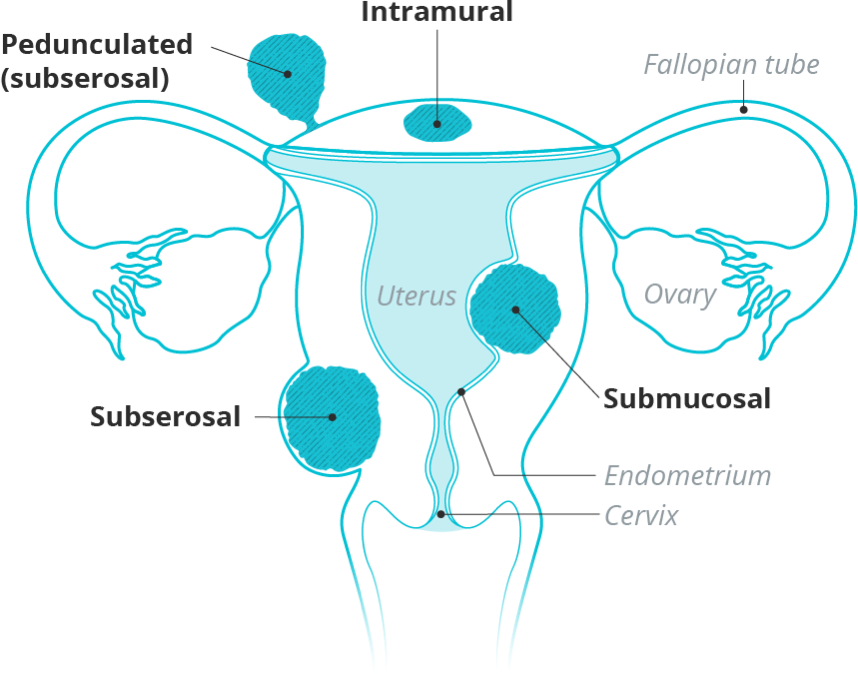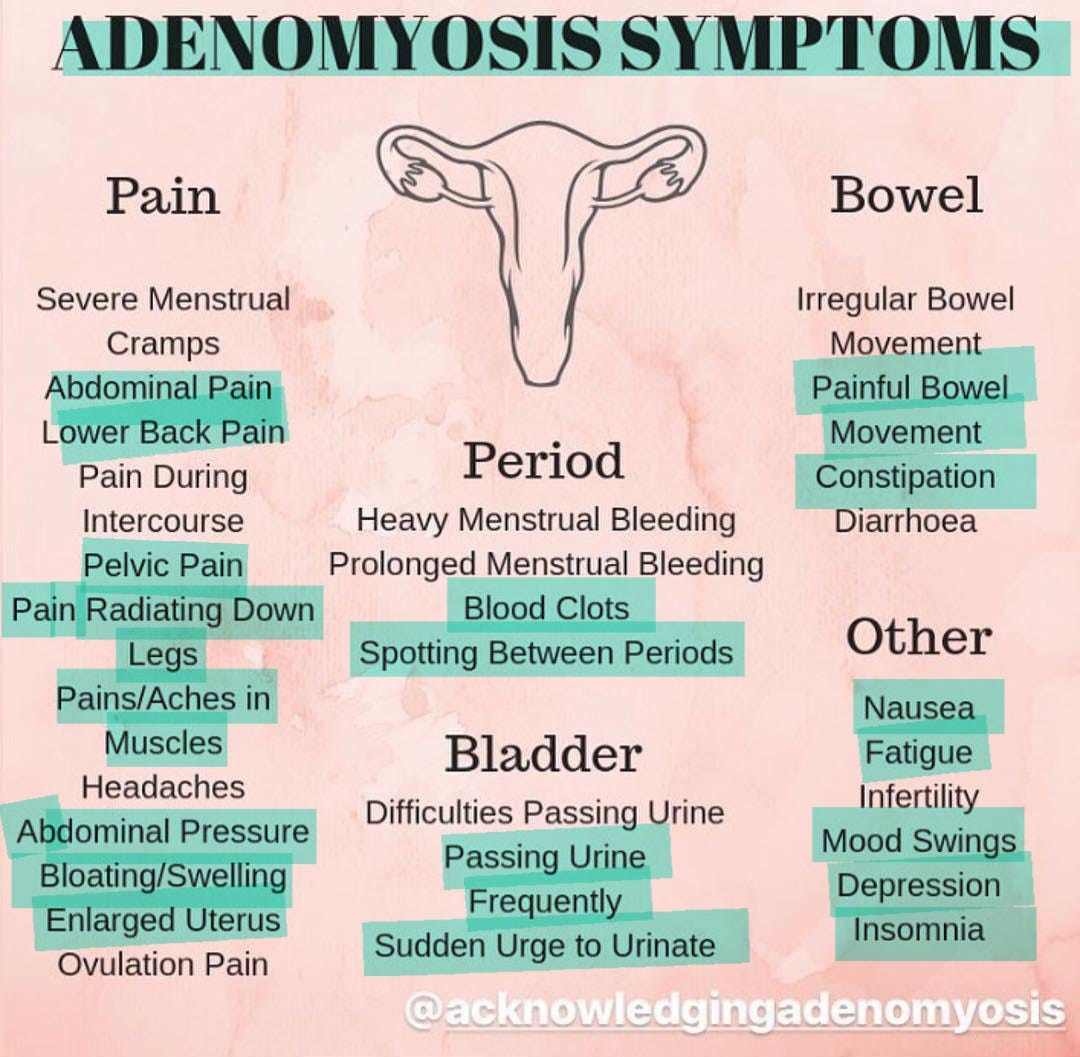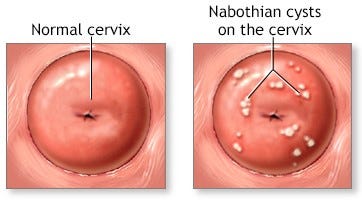While doing my monthly out-of-network claims, I saw that the extended results of my ultrasound were in my patient portal—ah, technology!—and since you have been on this journey with me, I thought I would share the note my provider, er, provided:
The size of a golf ball?! No wonder why I’m in so much pain!
I checked the 3-page associated document and learned some new words:
Adenomyosis
A gynecologic condition that causes endometrial tissue in the lining of the uterus to grow into the muscular wall of the uterus. It enlarges the uterus, and may lead to very heavy menstrual bleeding.
Symptoms include:
Nabothian Cysts
The cervix is lined with glands and cells that release mucus. The glands can become covered by a type of skin cells called squamous epithelium. When this happens, the secretions build up in the plugged glands. They form a smooth, rounded bump on the cervix called a nabothian cyst.
This is benign and probably what my providers saw ub August and October.
Subserosal Leiomyoma
A subserosal fibroid, or subserosal leiomyoma, is a benign growth on the outer uterine wall.

Common symptoms to look out for with a subserosal fibroid include:
Abdominal pain or cramping
Bloating or constipation
Feeling of fullness or heaviness
Frequent need to urinate
Lower back pain
Pain during sex
You may even feel like your clothes are fitting tighter. (Responsum for Fibroids)
What Next?
No Cancer
So, first, yay for no cancer. I have a follow-up appointment with my gynolocologist on April 21st. Then we’ll figure out a way forward, i.e. when we can schedule my uterine yeeting.
Yay!
Healthcare is Not Patient-Oriented
Second, this whole experience has been, well, an experience.
This makes me wish (again) that I could have an integrative team of medical professionals from different fields who are already collaborating to provide a full, inclusive medical experience.
I say this because:
a lot of my pain, front and back, in that area overlap. Especially the back pain and fatigue
I didn’t know that the issues I had with my elimination practices, bowel and bladder, weren’t ‘normal’, and while I mentioned them to my Primary Care Provider (PCP), I did not mention them to my Family Nurse Practioner (FNP) at my gynocologist
my PCP said the clot I had last year that filled my menstrual cup during one of my more painful periods was ‘normal’ and I didn’t think to ask my FNP
There’s more, but yeah, inclusive team might have caught this earlier.
Oh, Wait, There’s More
So, if you’ve been friends with me since Xanga, then you’ll remember how I almost died back in 2017. A week of inability to keep anything—and I mean, anything—down for almost a week. No food. No liquids. Not even water.
Add in that I wasn’t sleeping more than 2-3 hours at a time, I fell into a few days of madcap hallucinations before ElderSpawn called Peter at work for the first time ever. Because I told him that I could see/feel the wifi. When Peter rushed me to the ER and we convinced the jaded staff that I wasn’t a meth head but seriously dehydrated, they asked if I hurt anywhere.
And guess what? I did.
In the same damn spot, in the same way, I hurt now.
We wonder if this began back then, but everyone was so focused on everything else going on with me, no one thought about adenomyosis.
As a country, we do not educated people enough about what is a pretty common condition. And we discourage them for googling symptoms.
How long have I had these issues that I just brushed off as a ‘normal’ taco-holder experience?
Do better, American healthcare.







You are right, healthcare is not patient-oriented, it's all driven by evil insurance companies.
My BFF had endometriosis and adenomyosis during most of her younger life. It's a miracle she even conceived her three children.
Having an integrated team of doctors really is a good thing and it ain't easy to come by, especially if your local healthcare/hospital organizations don't have the specialists you need within its organization.
A golf ball sized fibroid! Yikes! I hope that you get some relief soon.